Brazilian yellow clay is a natural mineral clay renowned for its rich mineral content, particularly silicon dioxide, iron, potassium, and magnesium. It’s known for being a gentle and mild clay, making it suitable for a wide range of skin and hair types, including sensitive, dry, and mature skin.
Here’s a breakdown of its uses, benefits, how to apply it, and tips for best results:
Brazilian Yellow Clay: Uses and Benefits
For Skin:
- Detoxification and Cleansing: It effectively draws out impurities, toxins, and excess oil from the skin, unclogging pores and leaving the skin feeling clean and refreshed.
- Exfoliation: Its fine particles provide gentle exfoliation, removing dead skin cells and promoting cellular regeneration, leading to smoother, brighter skin.
- Anti-aging and Rejuvenation: Rich in silicon dioxide, it helps promote collagen production, which improves skin elasticity, firmness, and reduces the appearance of fine lines and wrinkles. It can help restore skin radiance and promote a healthy glow.
- Nourishment: It provides essential minerals to the skin, enhancing skin nourishment and supporting natural renewal.
- Maintains pH Balance: Its pH level is close to that of human skin, making it suitable for delicate and sensitive skin.
- Anti-inflammatory and Astringent Properties: It can help soothe irritation, reduce redness, and combat dryness. It’s often used to alleviate various skin conditions, including mild eczema, psoriasis, and rosacea.
- Improved Blood Circulation: It stimulates blood circulation, which contributes to a healthier and more youthful complexion.
- Oil Control: While gentle, it can absorb excess oil, making it beneficial for combination skin.
- Brightening: Its mineral content can enhance skin radiance and even out skin tone.
For Hair:
- Scalp Detoxification and Oil Control: It absorbs excess sebum and impurities from the scalp, making it ideal for those with oily hair and helping to combat dandruff.
- Strengthens Hair Follicles and Fibers: The presence of copper plays a role in collagen synthesis, which can strengthen the hair bulb and fiber.
- Antimicrobial Properties: It can help purify and cleanse the scalp by binding to certain microorganisms.
- Antioxidant Properties: Minerals like iron in the clay have antioxidant properties, protecting hair from environmental damage and potentially slowing the appearance of gray hair and split ends (though more direct studies are needed).
- Adds Volume and Shine: It can improve hair texture by enhancing volume and natural bounce.
Other Uses:
Brazilian yellow clay is also incorporated into:
- Soap Making: For its cleansing and moisturizing properties.
- Soothing Balms and Salves: To alleviate various skin conditions, including burns, redness, swelling, and insect bites.
- Bath Bombs and Bath Soaks: For its remineralizing, detoxifying, and pain-relieving properties.
- Natural Cosmetics: Such as mineral foundations and tinted moisturizers for natural pigmentation and skin benefits.
How to Apply Brazilian Yellow Clay
Brazilian yellow clay is most commonly used as a mask for the face, body, or hair. Here’s a general guide:
- Preparation:
- Choose your liquid: Water, hydrosols (like rose water), milk, honey, yogurt, or even aloe vera gel can be used. Each adds its own benefits.
- Non-metallic tools: Always use non-metallic bowls and spoons when mixing clay, as metal can react with the clay and neutralize its beneficial properties.
- Mixing the Paste:
- Start with 1 tablespoon of Brazilian yellow clay powder.
- Slowly add your chosen liquid, mixing until you achieve a smooth, thick paste consistency. It should be easy to spread but not too runny.
- Optional additions:
- Honey: For soothing and cleansing.
- Milk or Jojoba Oil: For added moisture, especially for dry skin.
- Rose Water: To help maintain skin pH and reduce redness.
- Avocado: For anti-aging benefits.
- Essential oils: A few drops of beneficial essential oils (like lavender or tea tree) can be added, but ensure they are skin-safe and diluted properly.
- Application:
- Cleanse your skin/hair: For best results, apply the mask to clean skin or hair. For facial applications, steaming your face beforehand can help open pores.
- Apply a thick, even layer: Spread the paste generously over the desired area (face, body, or scalp/hair). Avoid the immediate eye area.
- Drying Time:
- Face/Body Mask: Leave on for about 5-10 minutes. It’s generally recommended not to let the clay mask dry completely, especially if you have sensitive or dry skin, as this can be too dehydrating. If you have oily or congested skin, you can let it dry slightly more.
- Hair Mask: Leave on for 10-20 minutes.
- Removal:
- Rinse thoroughly: Wash off the mask with warm water. You can gently massage the skin while rinsing for additional exfoliation.
- Pat dry: Gently pat your skin or hair dry with a clean towel.
- Aftercare:
- Moisturize: Follow up with your favorite toner, serum, and moisturizer to lock in hydration and maximize benefits. For hair, use a conditioner or hair oil.
Best Results For:
- Anti-aging and skin rejuvenation: Consistent use (1-2 times a week) in facial masks to stimulate collagen production and improve elasticity.
- Dull or tired skin: Regular application as a face mask to brighten and refresh the complexion.
- Sensitive or dry skin: Its gentle nature makes it suitable for these skin types, providing nourishment without irritation. Ensure you don’t let it dry completely and follow with good moisturization.
- Oily or congested scalp: As a hair mask to absorb excess sebum and cleanse the scalp.
- Mild skin irritations: Due to its soothing and anti-inflammatory properties.
- Overall skin and hair health: Incorporating it into your routine for its rich mineral content and detoxifying effects.


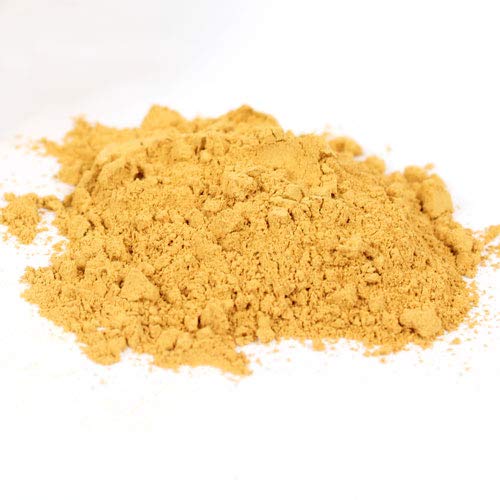

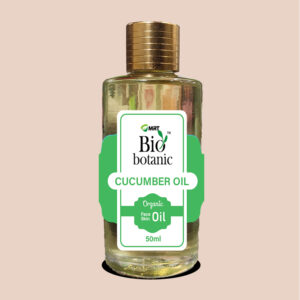
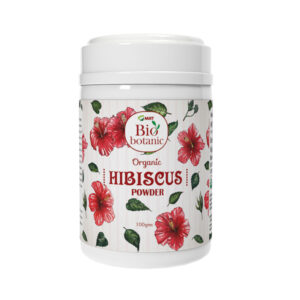

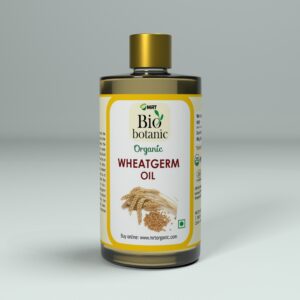
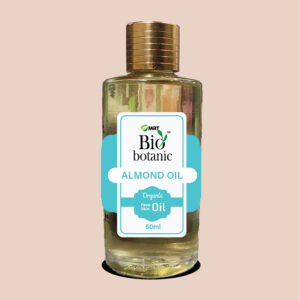
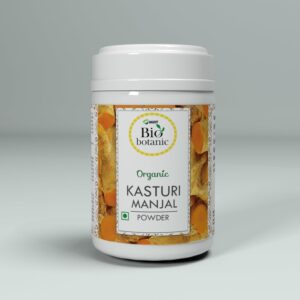
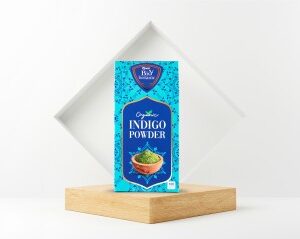
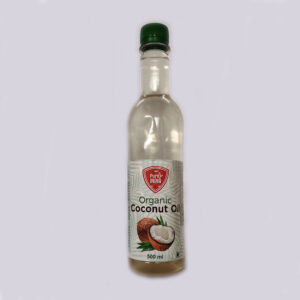









Reviews
There are no reviews yet.